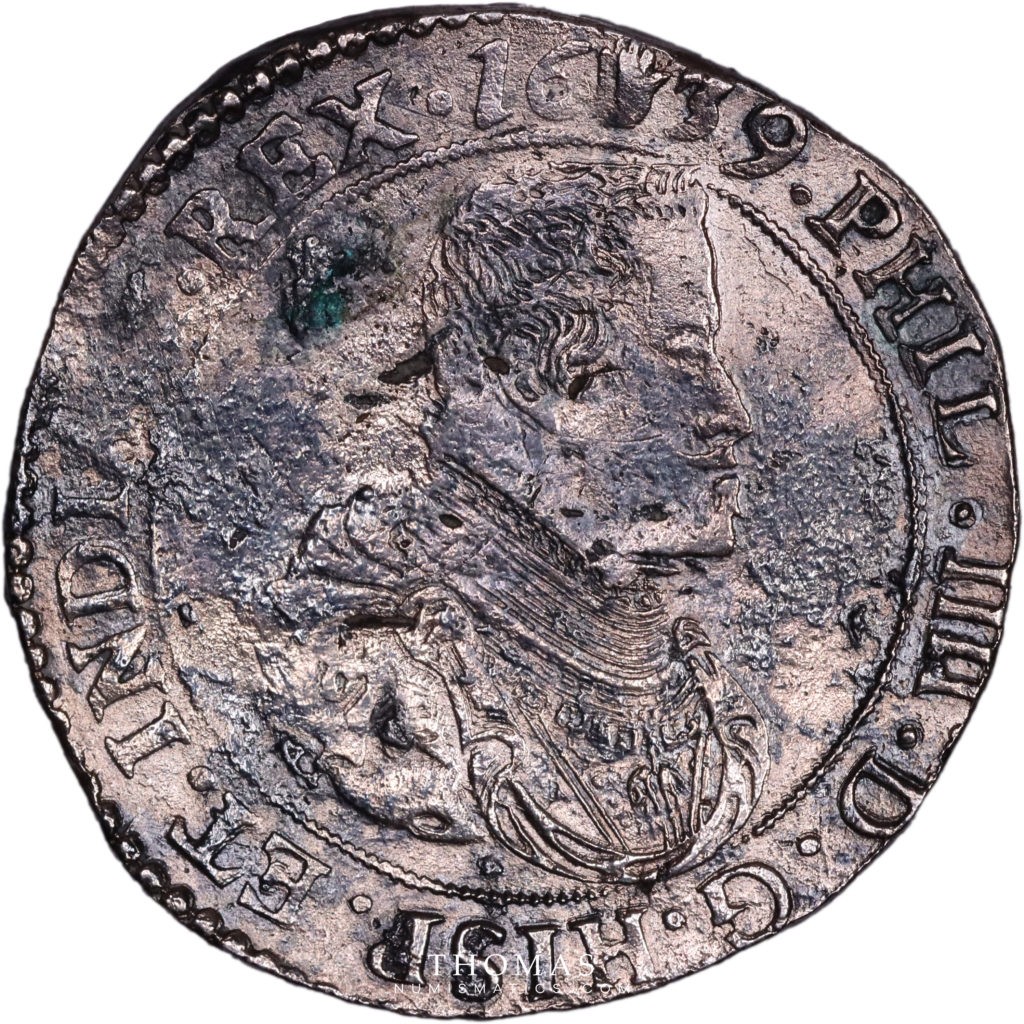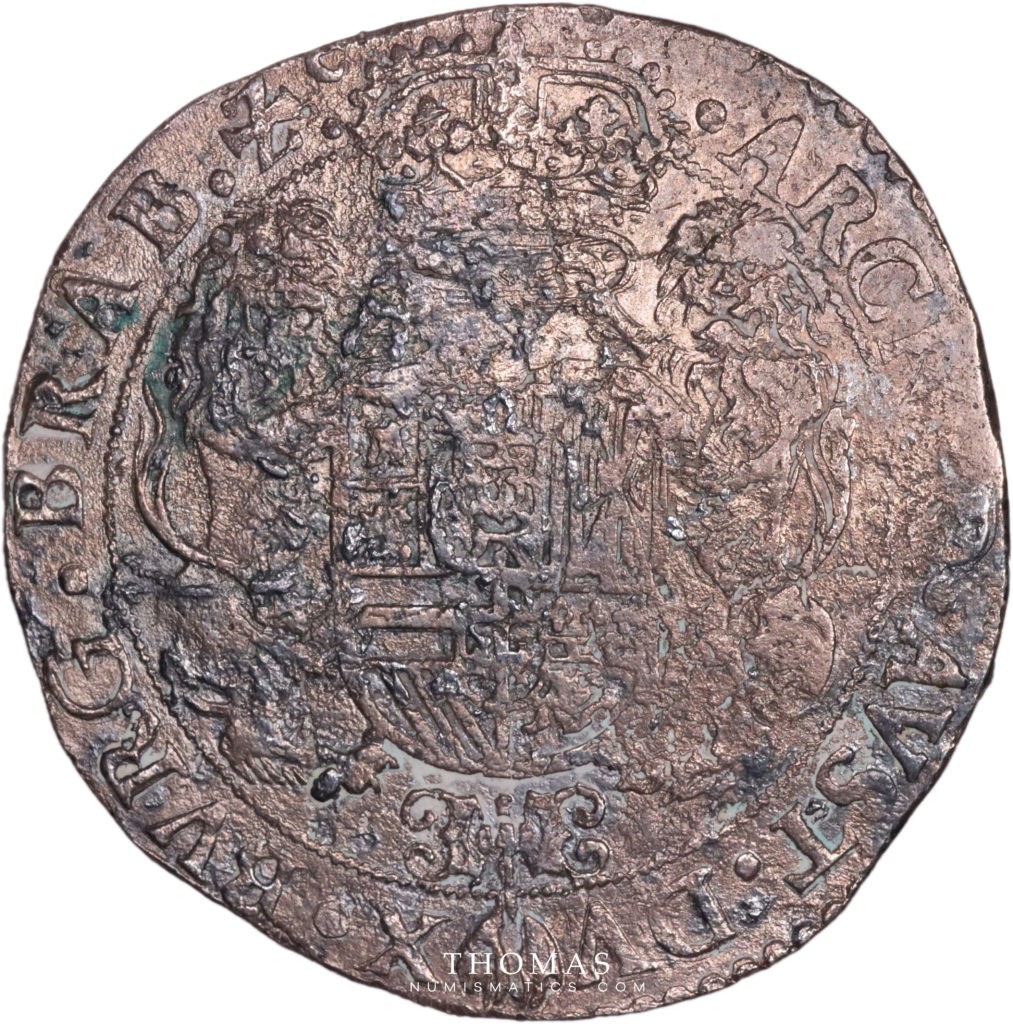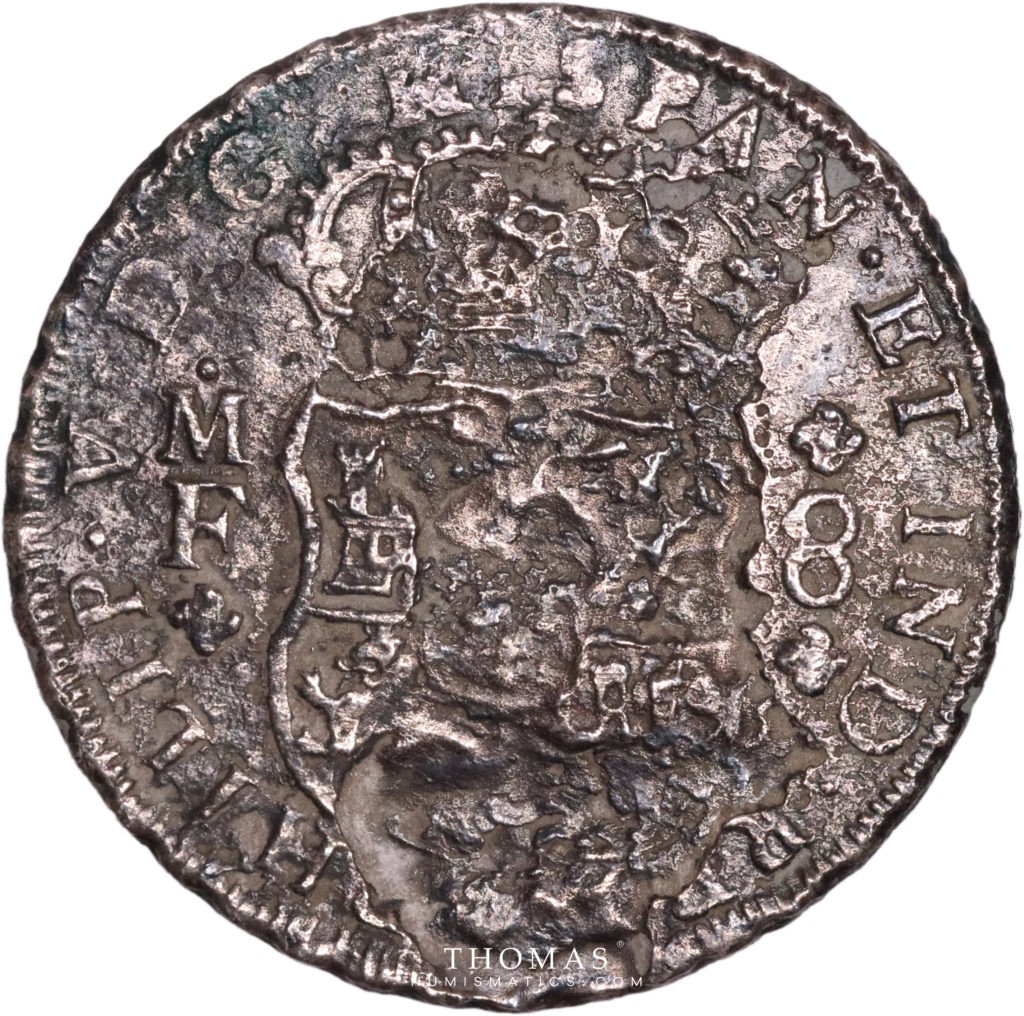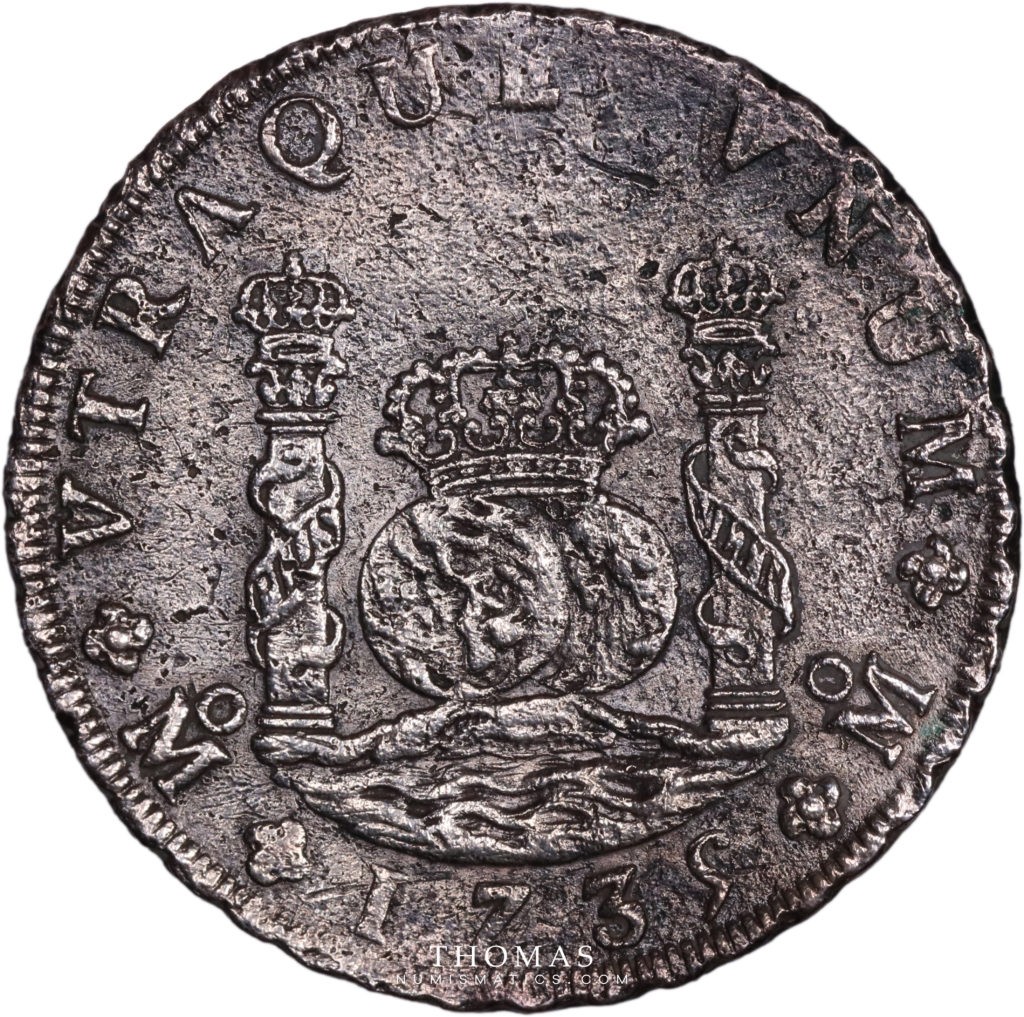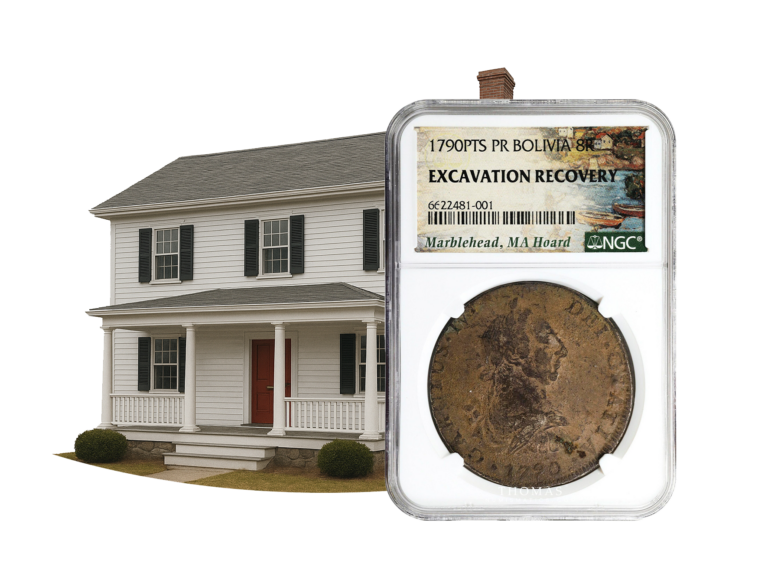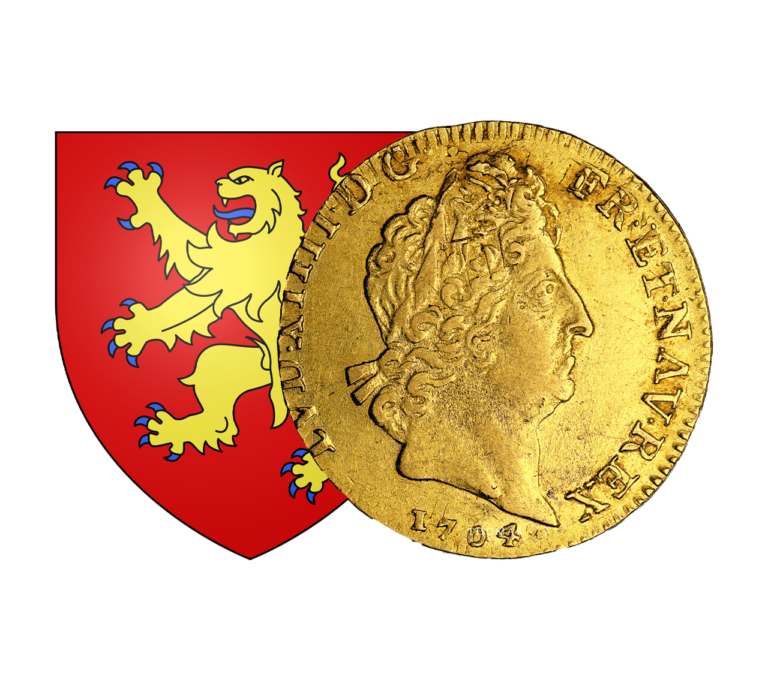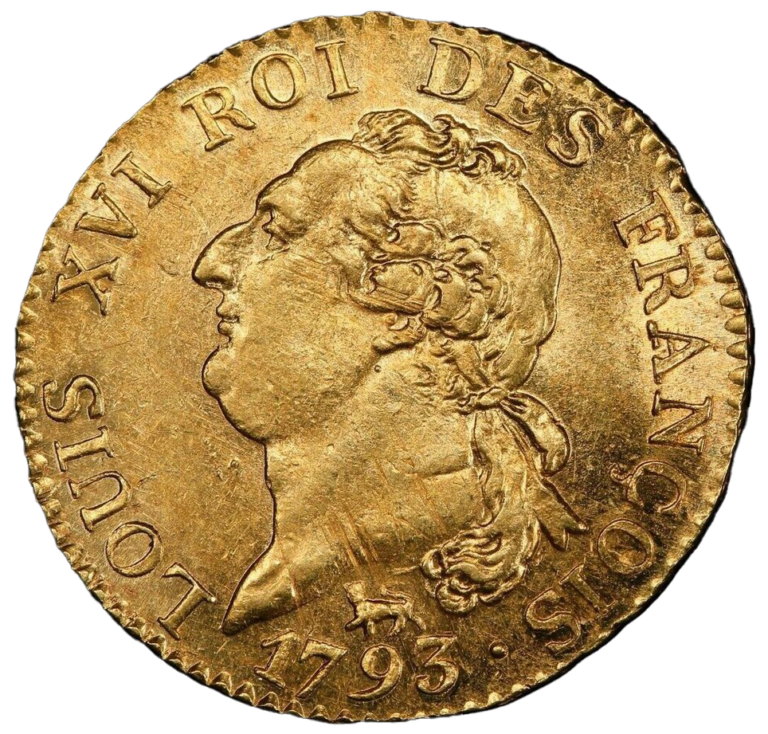
Discover all the news and articles from TNUMIS Magazine exclusively
The treasure of the Hollandia
The Hollandia was an East India Company merchant ship that sank in 1743 in the Isles of Scilly in the Celtic Sea, off the coast of Cornwall. The wreck was discovered in 1971 by Rex Cowan, a London treasure hunter. He and his team of divers discovered approximately 35,000 silver coins out of the 129,700 florins recorded on board.
The Hollandia: a VOC vessel
The Hollandia was built in 1742 by the VOC, the Dutch East India Company. Intended primarily for maritime traffic, it was equipped with 32 cannons to defend itself against pirates and enemy maritime powers.
Its maiden trip began on June 3, 1743. On that day, it left the port of Texel with a convoy bound for Batavia in the Dutch East Indies. On June 13, the Dutch ship lost its way in the fog and headed for the Scilly Islands. It hit rocks a few kilometers from the island of Annet. The crew fired several cannons to alert the locals, but to no avail. All the passengers died and the cargo sank to a depth of thirty meters.
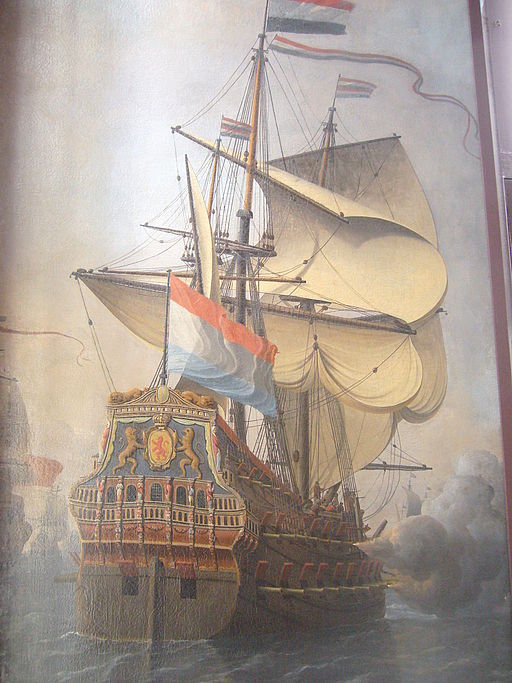
The treasure of the Hollandia: coins of eight reales
The Hollandia was carrying 276 people and small barrels filled with silver coins worth approximately 129,700 florins. The coins were mainly Spanish coins, four and eight reales, minted in Mexico and Bolivia and they had hardly circulated before this trip. There were also a few silver cobs, such as rare Mexican “klippes” from 1733 to 1734, cobs from Guatemala and ducatons from the Netherlands.
Avers ducaton des Pays-bas Revers ducaton Pays-Bas Avers coin of eight Revers coin of eight
The “coins of eight” were known at the time for their high silver content, at least 90%. They were therefore particularly valued in trade and considered the currency of international commerce.
Coins of eight reales began by being roughly hammered and then became more refined from 1732, thanks to the use of balance presses. They were minted until 1773.
On the obverse, the Spanish royal arms appear. On the reverse, the columns of Hercules, draped with the motto of Spain “Plus ultra”, frame the two worlds. The old and new worlds are now united by the Spanish crown, as confirmed by the words “Utra que unum” (the two are one).
The Hollandia wreck: expeditions and rescues
The VOC was quickly alerted to the wreck of the Hollandia. Attempts to locate and recover the Hollandia’s cargo in the following months failed. The means at the time were not sufficient. John Troutbeck wrote in 1794 in Survey of the Ancient and Present State of the Scilly Islands: “The wreck of the Hollandia is still a booty for those who can find it.”
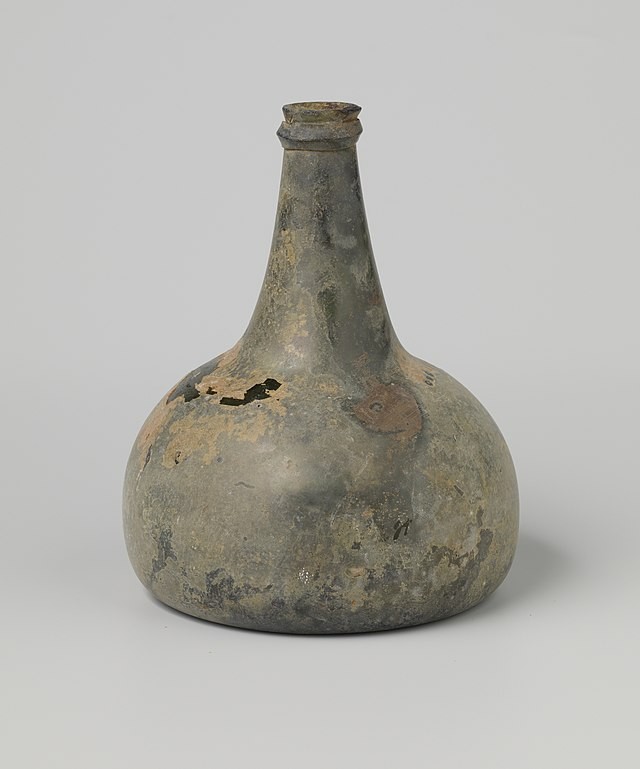
The Hollandia’s treasure was forgotten until 1967. Rex Cowan, an explorer and lawyer from London, began to search through archives and official documents for the Hollandia. Four years later, on September 16, 1971, he precisely located the wreck with a proton magnetometer. The treasure hunter gathered divers and professionals who started the archaeological excavations. The site of the wreck covers an area of 180 meters by 100 meters and includes three main areas. The mission is directed by the lieutenant commander Jack Grayton. In two years, 35,000 silver coins and bronze artifacts were brought to the surface. The coins, more or less corroded, are sold to collectors. In majority, they are coins of eight reales “columnarios” struck in Mexico. Some of them are mounted in pendants with the mention of their origin: treasure from Hollandia, sunk 1743, Scilly, sterling silver.
You will find for sale in our store coins from this fabulous shipwreck treasure, being the objects of covetousness of many numismatists.
Sources :
Hypothèse
Forum Numista
Wikipedia
BBC
